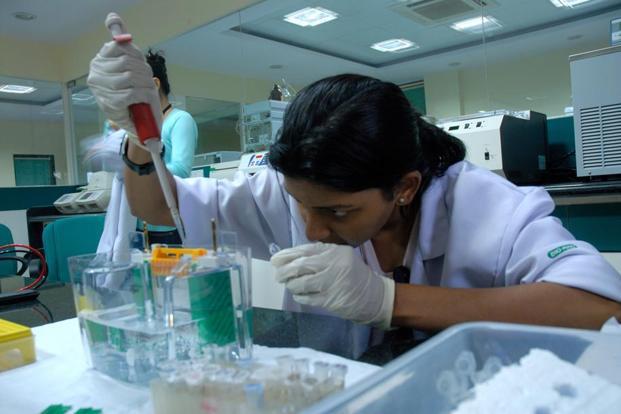
The proportion of women in science, technology, engineering and mathematics (STEM) is the lowest in South and West Asia at almost 19%. Photo: Mint
New Delhi: Gender inequality in science has been a matter of concern for years, but progress toward closing the awning gap continues to be tardy, according to the UN.
Only 28.4% of the world’s researchers are women and in India, only 14% of the researchers are women, according to a 2015 report by United Nations Educational, Scientific and Cultural Organization (Unesco).
The gender gap in science is a reflection of the global gender gap across health, education, economic opportunity and politics which has closed by only 4% in the past 10 years, with the economic gap closing by just 3%.
The World Economic Forum has observed that it will take another 118 years to close this gap completely.
The proportion of women in science, technology, engineering and mathematics (STEM) is the lowest in South and West Asia at almost 19%; Central Asia has the highest proportion at 47%, closely followed by Latin America and the Caribbean at 44.3%.
In countries near India, women employed as researchers in STEM is similar in Bangladesh at 14%, while Pakistan, China and Sri Lanka have 30%, 34.5% and 35% female researchers, respectively.
The gender gap also can be seen in the field of science.
A trend seen across countries, including India, is that the number of women in sciences decline while they move up the education ladder as more become doctoral students and less become researchers.
A study in Science journal last year showed that in fields where people thought that raw talent was required, academic departments had lower percentages of women as compared to fields that required empathy and hard work.
[“Source-Livemint”]




